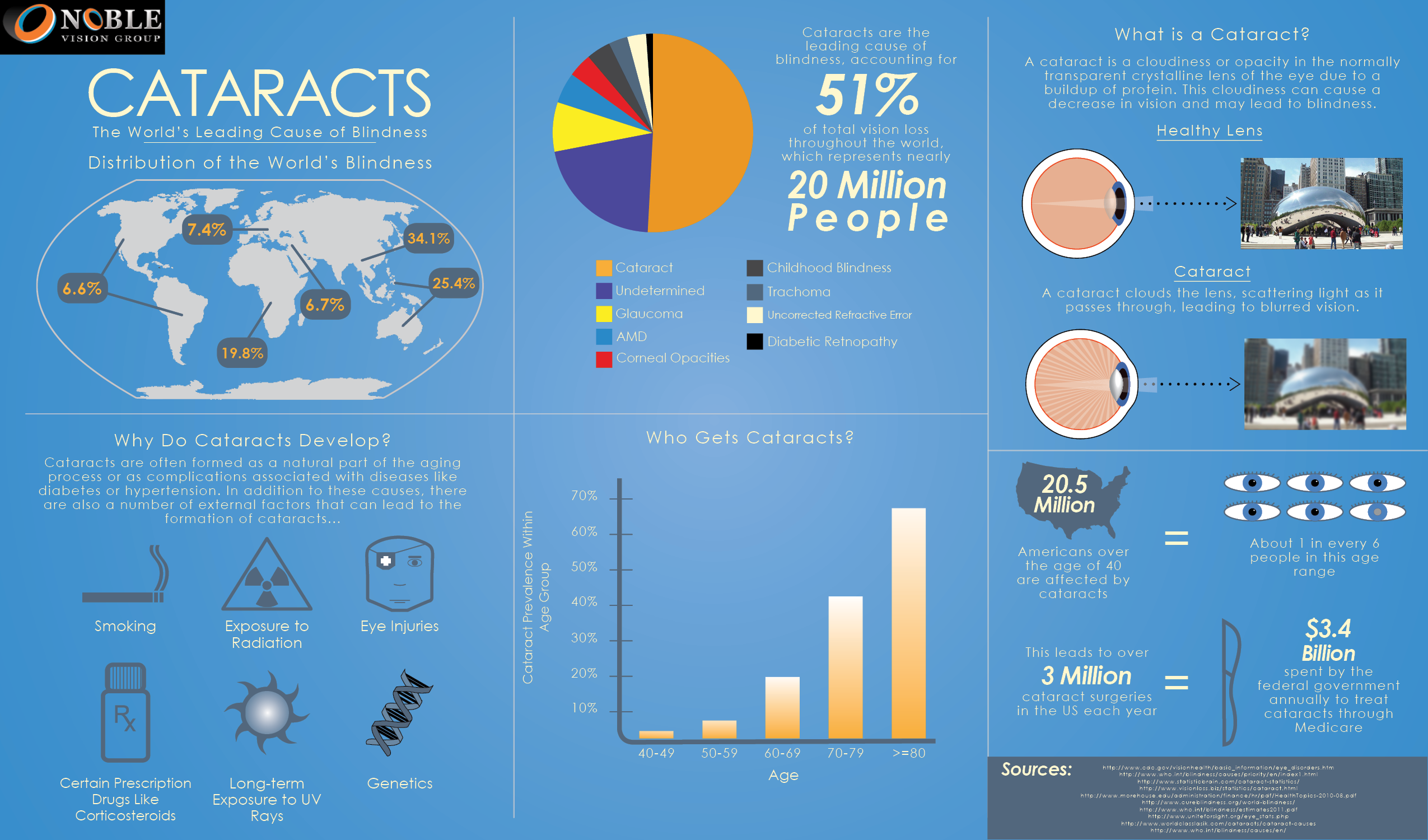A Detailed Exam Of Modern Cataract Surgical Treatment Approaches
A Detailed Exam Of Modern Cataract Surgical Treatment Approaches
Blog Article
Article Produced By-Hogan Maynard
As you check out the development of advanced cataract surgery techniques, you'll witness a trip noted by resourcefulness and accuracy. From ancient methodologies that led the way for modern advancements to innovative innovations that are reinventing the area, the thorough review of cataract surgical procedure techniques is a testimony to human progress and dedication to improving person outcomes. The intricate interplay between historical techniques and advanced developments creates an interesting narrative that sheds light on the evolution of one of the most typical surgical procedures worldwide.
Historical Techniques and Technologies
Discover exactly how early specialists reinvented cataract treatment by using innovative strategies and devices. In the past, cataract surgical treatment was a risky and excruciating procedure. However, ancient Indian doctors were among the first to try medical treatments for cataracts, making use of a method called 'formulating' where a sharp tool was made use of to push the cataract back into the eye. This method, though crude by today's requirements, laid the groundwork for future innovations in cataract surgery.
As time advanced, Arab physicians made substantial contributions by establishing specialized needles for cataract removal. These needles were made use of to pierce the cataract and after that extract it from the eye, noting a considerable renovation in surgical precision.
Later on, in the 18th century, the French cosmetic surgeon Jacques Daviel pioneered the strategy of extracapsular cataract extraction, where the entire lens was gotten rid of undamaged via a bigger laceration. This marked a significant advancement in cataract surgical treatment strategies, leading the way for the modern-day procedures we use today.
Modern Surgical Approaches
Early strategies in cataract surgery have actually progressed substantially, bring about the development of modern medical methods that focus on precision and enhanced individual outcomes. Modern cataract surgical treatment now commonly involves a procedure called phacoemulsification, where an ultrasonic tool separate the cataract for elimination with a tiny cut. This technique allows for quicker healing and minimizes the risk of issues contrasted to older techniques.
In addition, making use of innovative intraocular lenses (IOLs) has changed cataract surgery outcomes. These lenses can correct not only the cataract however likewise other refractive mistakes like astigmatism, reducing the requirement for glasses post-surgery.
Surgeons today likewise have access to advanced imaging modern technologies that aid in precise preoperative preparation and intraoperative decision-making. Optical comprehensibility tomography (OCT) and other imaging modalities supply in-depth pictures of the eye's frameworks, allowing for a much more personalized strategy to each person's surgical procedure. With these developments, modern cataract surgical treatment methods continue to boost, offering patients more secure procedures and far better aesthetic end results.
Emerging Technologies in Cataract Surgical Treatment
With developments in modern technology revolutionizing the area, cataract surgery is observing the integration of cutting-edge strategies for boosted individual results. Emerging technologies in cataract surgery are improving the landscape of sensory treatments. is cataract surgery necessary is femtosecond laser innovation, which permits accurate corneal cuts, capsulotomies, and lens fragmentation, leading to boosted surgical precision and results.
In addition, intraoperative aberrometry is obtaining appeal, making it possible for real-time measurements of refractive mistakes during surgery to improve intraocular lens power computations and lower postoperative refractive shocks.
Additionally, using sophisticated imaging innovations like optical comprehensibility tomography (OCT) and intraoperative wavefront aberrometry help surgeons in precise surgical preparation and execution. These devices offer comprehensive physiological info and help customize surgical strategies for each person's special eye characteristics.
Moreover, developments in expert system are being explored to aid in preoperative preparation, intraoperative decision-making, and postoperative treatment, possibly enhancing medical results and patient satisfaction. Embracing mouse click the up coming post emerging technologies in cataract surgical procedure holds assurance for additional boosting individual outcomes and making sure the continued advancement of ophthalmic medical techniques.
Conclusion
As you trip via the history of cataract surgical procedure, you witness the change from ancient practices to advanced technologies. Like a phoenix metro rising from the ashes, cataract surgery has developed into a beacon of hope and development.
Equally as a caterpillar arises from its cocoon as a lovely butterfly, cataract surgery has developed right into a refined art form, offering patients more clear vision and a brighter future.
The advancement proceeds, shining a light on countless opportunities.
